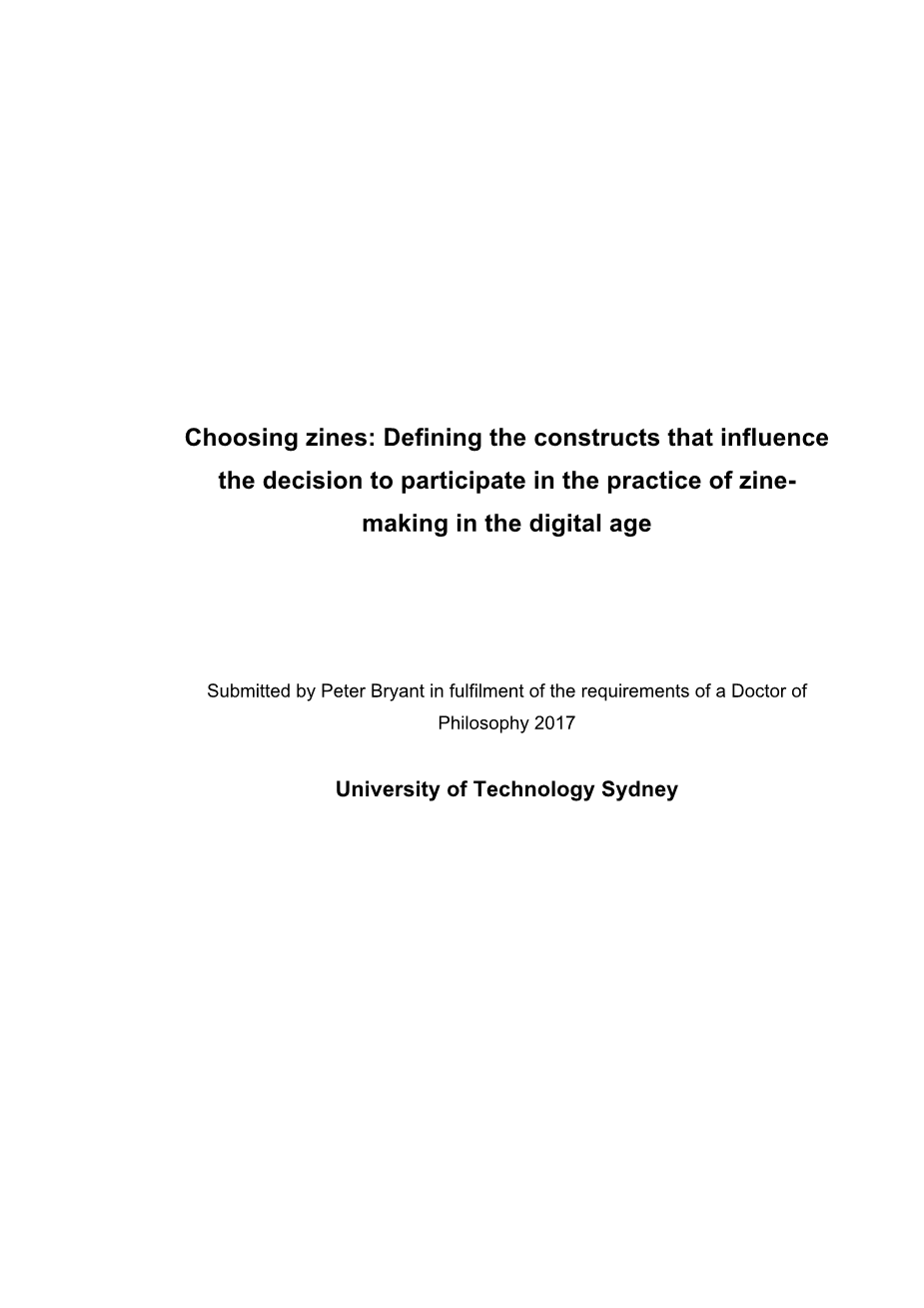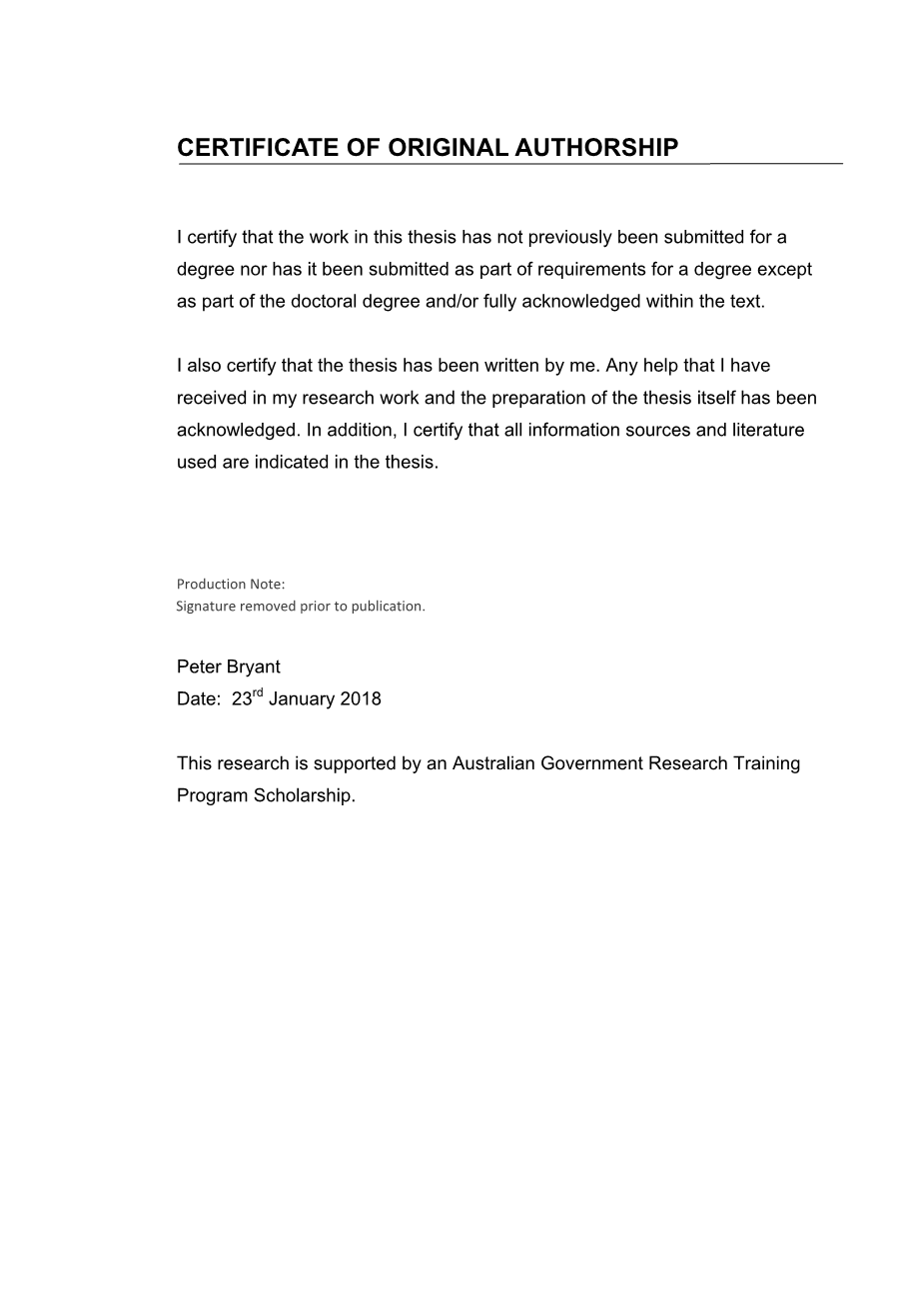

英语原文共 318 页,剩余内容已隐藏,支付完成后下载完整资料
1.1
The context of zine-making
The first paragraph of Amy Spenceramp;apos;s book amp;apos;DIY: The rise of lo-fi cultureamp;apos; (2005)identifies several critical tensions for media-makers aligned with their processes of making, centred on notions of creation, professionalism, idealism,participation and community. These tensions have magnified and collided in adigital society, where technology and the practices of social media have vastlychanged the media landscape. Written in 2005, before the explosion of socialmedia (both Twitter and Facebook went mainstream in 2006), the story Spencertells of self-publishers, of independent music distributors and zine-makers couldonly hint at the impact that the emerging social media revolution and mobile technology would have on do-it-yourself (DIY) media practices over the ensuingyears. The amp;apos;piece of paperamp;apos; became a blog, the amp;apos;battered guitaramp;apos; an iPad app,and the amp;apos;cheap tape recorderamp;apos;, a mobile phone. Yet the ambition of individualsto express themselves within a sometimes-idealised community of DIY makingcontinues to drive creativity in music, media and other forms of expression. Atthe centre of this DIY movement is a collective appreciation among participantsmedia. However, there remains a significant proportion of zine-makers whomaintain and promote a manual approach to zine-making, fighting against thedomination of born-digital media. They do this by defending the continuedlegitimacy of DIY making, advocating for the authenticity and originality of handmade production techniques and arguing for the benefits arising from therelative impermanence of zines (Chidgey 2009; Eichhorn 2014; Radway 2011;Tkach amp; Hank 2014).
Zines are complex to define, partially due to the wide variety of forms,methodologies, content, materials and communities involved in making thembased handmade medium, defined in part by the control the maker exerts overthe content and distribution, zines have been described in the literature as anemancipatory and democratic form of media-making shaped by behaviours of2003a). The handmade, trashy or amateur appearance characteristic of manymedia and bricolage, but is uniquely demonstrable in zine-making practice inways that are distinctive from other DIY media forms: cut and paste pictures,typewritten manuscripts, laser printed covers, collages and comic drawings.Zines are often defined by the aesthetics of the photocopier, incorporatingblurry, shadowy, black and white images. Zines are generally hand-cut and(Chidgey 2006; Kempson 2015b; Stoddart amp; Kiser 2004). Essentially a printresistance against the mainstream (Cameron 2016; Debies-Carl 2014; Schiltzines (Bartel 2004; Piepmeier 2008) aligns with the established traditions of DIY
stapled, and come in a variety of shapes and sizes. They are assembled manually, and copied using cheap and generally accessible methods of reproduction. These elements come together to give many zines a look andpersonalised feel unique to the individual zine-maker, who shares the sometimes rebellious, sometimes revolutionary and sometimes personally insightful or challenging messages contained within (Nijsten 2016; Zobl,Reitsamer amp; Gruuml;nangerl 2014). of forms of democratised, emancipatory participation, where commercialisationand corporatisation do not limit the capacity of individuals to express themselves and build communities.
This study sought to define and understand the constructs that influenced thedecision to make zines in the digital age. It was critical to explore individualmotivations for engaging in zine-making practice and how individuals define,understand and share their participation. In a media-making environment oftenoverwhelmed by social media practices, why and how can lo-fi, handmade andDIY media survive and sometimes flourish? Whilst some earlier studies on zine-making have taken an a priori perspective, positioning technology as adisruptive or dangerous force or as something that runs counter to the DIYaestheticism of zine-making, what factors create the conditions for zines togrow, evolve and maintain relevance and a presence in a media landscapedominated by the digital?
The complexity in defining what zines are extends to the academic and scholarly discourses about zines and zine-making, where there is a long,fragmented and contested tradition of theoretical debate and research. Many ofthe studies are located within specific discipline areas, such as feminism andgender studies, literature, music, cultural studies, fandom studies, sexuality andeducation. This fragmentation is due, in part, to the non-linear and idiosyncraticevolution and development of zines themselves, with new types and forms emerging each year that add to already established numbers of older zinetypes.
Zines are chronicles of an increasing diversity of modern cultures and sub-cultures, whilst continuing to give voice to earlier cultural representations. Athey evolved and grew in importance within specific communities and cultures,the role of zines was interrogated and interpreted by scholars (Harris 2016;Kempson 2015b; Piano 2015; Rauch 201 5b).
1.1
制作Zine的背景
艾米·斯宾塞(Amy Spencer)的著作“ DIY:小众文化的兴起”(2005年)的第一段指出了媒体制作人面临的几个关键问题,这些问题与他们的制作的过程相一致,集中在创意、专业、理想主义。在数字社会中,社交媒体的技术和实践极大地改变了当今媒体格局,格局会更加紧张并且相互产生冲突。斯宾塞的故事写于2005年,社交媒体爆炸之前(Twitter和Facebook在2006年成为主流)自媒体出版商、独立音乐发行商和杂志制作人的经历,暗示着新兴社交媒体的革命和移动设备产生的影响。
在接下来的几年中,“自己动手制作”(DIY)成为新媒体的一种尝试,在博客、iPad、手机广泛传播。制作者在一个理想化的DIY社区中表达着自我的雄心,不断推动着音乐、艺术媒体和其他形式充满创造力的表达,这场DIY运动中心参与者受到了的媒体的集体欣赏。
有相当比例的zine的制作者坚持并推广制作手工zine的方法,借此对抗数字媒体的统治地位。他们这样做是为了捍卫DIY继续的合法性,倡导其真实性和原创性,手工制作技术和关于zines产生了易变性带来好处的争论(Chidgey 2009;伊奇霍恩2014;Radway 2011;Tkach Hank 2014)。
Zine的定义很复杂,部分原因是因为它形式多种多样,影响因素有手工制作的方法、内容、材料和环境。部分zine的定义取决于制作者对内容和分布的控制,Zine在文献中被描述为一种解放的、民主的媒体制作形式。许多媒体和Bricolage都具有手工制作,但非正规的外观特征,使得在Zine
剩余内容已隐藏,支付完成后下载完整资料
资料编号:[239226],资料为PDF文档或Word文档,PDF文档可免费转换为Word
以上是毕业论文外文翻译,课题毕业论文、任务书、文献综述、开题报告、程序设计、图纸设计等资料可联系客服协助查找。


